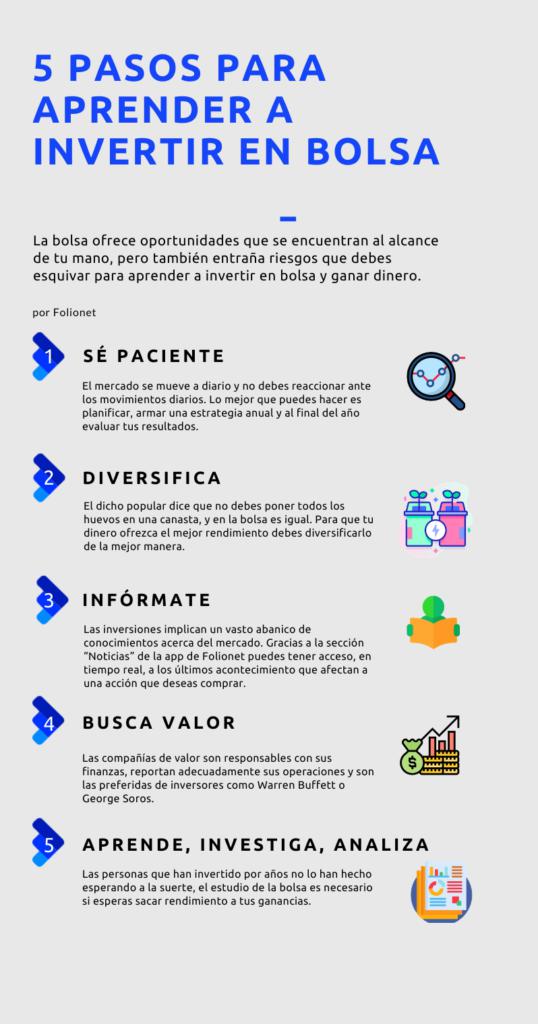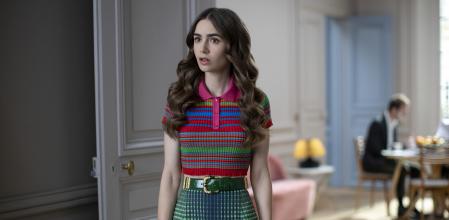It looks like Chanel, but it's not: The thin line between the original and the copy in the fashion business
“A good design can withstand the fashion of ten years”, said Yves Saint Laurent. They are references that withstand the challenges of the ephemeral. In the era of fast consumption, it is increasingly common for fast fashion brands to base many of their garments on the lines of the collections of great designers. Thus, you can find boots almost identical to the gold Chanel ones at a much lower price. The fine line between copy and inspiration is turning the industry upside down. More and more brands are taking action to protect their name, but this is not an easy matter.
A lawsuit for infringement of intellectual property usually does not pay off because it is very complex and expensive. For this reason, before going to trial, it is interesting to reach agreements that include the withdrawal of the pledge from the market and, if necessary, compensation.
Distinguishing between copy and inspiration is an extremely complicated task in which you have to spin fine. For this reason, as occurs in musical lawsuits, there are experts in design or fashion history who report the reasons why a certain garment or accessory is or is not plagiarism.
For Cristina Mesa, a partner in the Industrial and Intellectual Property department at Garrigues, this occurs "when someone else's creation is reproduced or transformed without her authorization."

@rkbarney @zzbenz Oh, I remember that! My hippy parents made me give away the coupons. Traumatizing life events (th… https://t.co/0Jw34dmSLB
— Inanna Justice Wed Feb 03 19:50:49 +0000 2021
Instead, clarifies Raquel Castro, a lawyer at Digital Law in Ontier, it is about inspiration "when the two designs have a certain resemblance, but they never coincide in the essential elements that define them."
snobbish effect
It is not about finding the seven differences. As Mesa underlines, it is an urban legend that "if three, five or seven elements are changed, it will no longer be considered plagiarism." Several factors must be analyzed, from the originality to the “substantiality of the divergences between the original and the clone”, she explains.
For Ana Carpintero, a specialist lawyer in Law and Fashion at Kepler-Karst, the key lies in "the spirit sought by the designer". That is to say, there is plagiarism if the objective was the reproduction of a copy “with claims of originality, misleading the consumer and abusing the reputation of others”. As in the litigation of the Le Pliage bag, by Longchamp, against Saraswati and Groupon. The Provincial Court of Madrid confirmed in 2017 that the Priasuk and Benzi brands were imitations of the original. Being original is expensive. A plagiarism is, ultimately, a robbery of innovation. The main problem, Castro explains, is the ease with which the designs can be copied by third parties, "both by big brands that take advantage of the efforts of emerging designers, and by web pages that sell replicas of prestigious firms."
A first effect, Mesa points out, is the "shortening of the garment's life cycle". If it becomes too popular, it is likely that the trend will change quickly and the creator will not be able to return "the time and effort invested". This is known as the “snob effect”.
It is not only about the decline in sales and reputational damage, adds Carpintero, but also the cost of fighting counterfeits. For example, in 2004 imitations of the Louis Vuitton brand represented 18% of confiscated accessories in Europe. In 2020, the Spanish textile industry lost almost 16 million euros for this reason, according to the Ministry of the Interior.
different formulas
How to shield the creations? The law offers different ways. And it is that, in the same garment several rights can converge. In a T-shirt, for example, to the authorship of the stamped drawing, the design or appearance (lines, fabric...) and the brand of the collection are added. Even, the patent of the process with which it was possible to elaborate the material. Therefore, explains José Carlos Erdozain, of counsel at Pons IP, the first step is “to choose the right umbrella”. If what you want is to prevent the exterior form or idiosyncrasy of a garment from being shot, “the best tool would be industrial design”, he believes. With the registration of it, the owner will be protected for a maximum of 25 years against models that give the "general impression" of being copies.
But registering each of the designs is not available to everyone. In fact, Erdozain explains, it is not worth it for stereotyped garments that do not provide an originality "worthy of protection". In any case, Raquel Castro underlines, it is very important to “report plagiarism or violations of rights that are known”.
When the model is not consigned, Cristina Mesa points out, the creator can still claim authorship of it. Another formula is the “unregistered design”, which grants protection in the EU against identical copies for three years after they are placed on the market. In any case, says Carpintero, "you must prove that your garment is older, which will be easier for a recognized designer." If all of the above fails, adds Erdozain, "there is another legal remedy: unfair competition."
The last line is to sue for a crime against intellectual property or, in your case, for fraud. As Javier Cuairán, a criminal lawyer in Ontier, points out, counterfeiters face sentences of up to six years in prison, a fine, and compensation for both estimated losses and "lost profits." The public is unaware, underlines the lawyer, that "with the mere promotion of a counterfeit product, a civil and even criminal offense is being committed."
resale power
One of the issues that most concerns luxury brands, points out Ana Carpintero, a lawyer at Kepler-Karst, is "the sale of their products in what is called parallel trade." In other words, the resale of original products outside the official network, putting their most precious asset at risk: exclusivity.
Firms such as Hermès or Chanel have already taken a step forward by limiting the number of units that customers can purchase per year of their most popular models. This strategy joins the rise in prices of several brands in the sector. Others, like Gucci, have created their own portal to resell their products.


